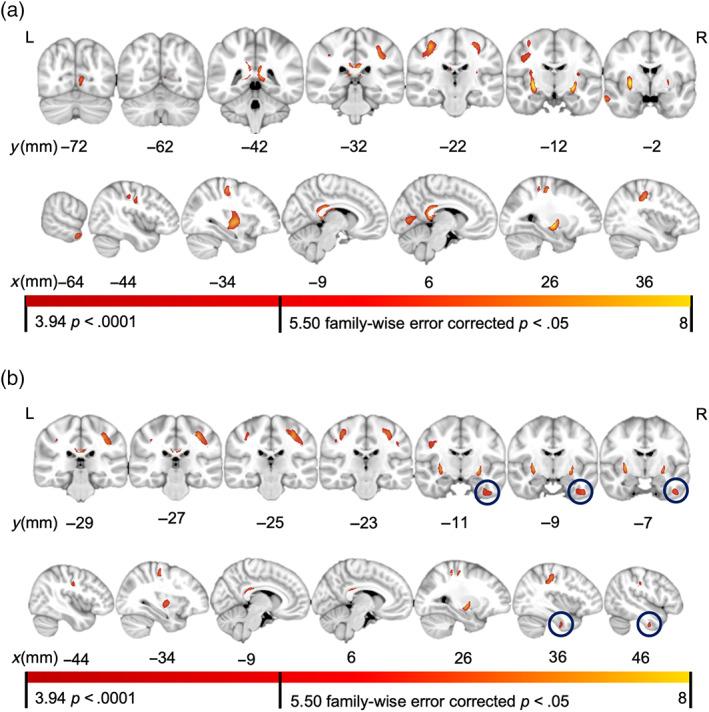
Brain iron dyshomeostasis disrupts various critical cellular functions, and age-related iron accumulation may contribute to deficient neurotransmission and cell death. While recent studies have linked excessive brain iron to cognitive function in the context of neurodegenerative disease, little is known regarding the role of brain iron accumulation in cognitive aging in healthy adults. Further, previous studies have focused primarily on deep gray matter regions, where the level of iron deposition is highest. However, recent evidence suggests that cortical iron may also contribute to cognitive deficit and neurodegenerative disease. Here, we used quantitative susceptibility mapping (QSM) to measure brain iron in 67 healthy participants 18-78 years of age. Speed-dependent (fluid) cognition was assessed from a battery of 12 psychometric and computer-based tests. From voxelwise QSM analyses, we found that QSM susceptibility values were negatively associated with fluid cognition in the right inferior temporal gyrus, bilateral putamen, posterior cingulate gyrus, motor, and premotor cortices. Mediation analysis indicated that susceptibility in the right inferior temporal gyrus was a significant mediator of the relation between age and fluid cognition, and similar effects were evident for the left inferior temporal gyrus at a lower statistical threshold. Additionally, age and right inferior temporal gyrus susceptibility interacted to predict fluid cognition, such that brain iron was negatively associated with a cognitive decline for adults over 45 years of age. These findings suggest that iron may have a mediating role in cognitive decline and may be an early biomarker of neurodegenerative disease.
Citation: Howard CM, Jain S, Cook AD, Packard LE, Mullin HA, Chen NK, Liu C, Song AW, Madden DJ. Cortical iron mediates age-related decline in fluid cognition. Hum Brain Mapp. 2022 Feb 15;43(3):1047-1060. doi: 10.1002/hbm.25706. Epub 2021 Dec 2. PMID: 34854172; PMCID: PMC8764476.
